The 2025 harvest draws to a close in the southern hemisphere. Our buying team at Bibendum have analysed the highs and lows of the season to assess the quality we can expect from the 2025 vintage across key wine countries. While the season brought unique challenges across the regions, due to weather and economic factors, there have been promising signs and optimistic reports from the vineyards.
It appears that wine regions producing quality over quantity will be the winners of this vintage, as global demand for wine falls but the premium market stays strong. At the same time, more countries are striving to produce lower abv wines to meet consumer demands, while not compromising on quality.
New Zealand
Harvest this year ran from March and is expected to run through to as late as April in the Central Otago region.
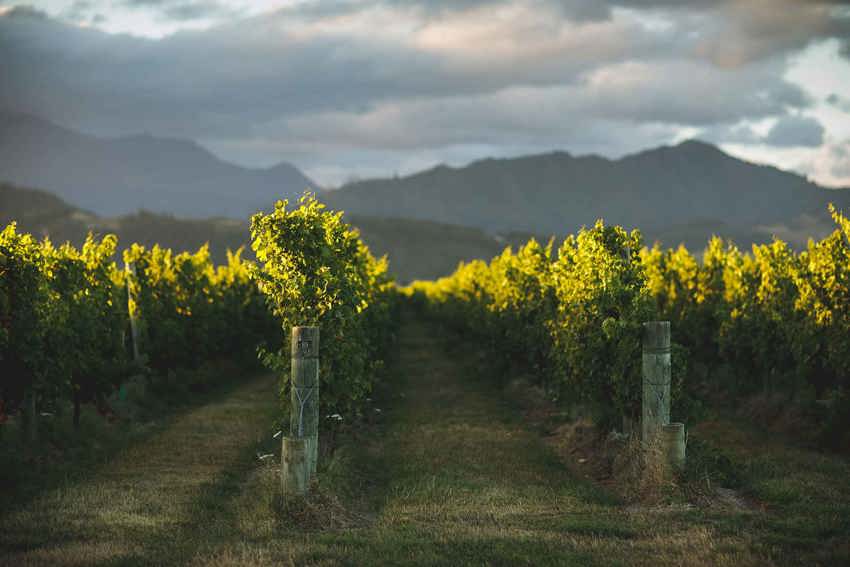
The vines during the growing season at Spy Valley
Malborough
The growing season began with early budburst and flowering, leading to high initial yield predictions. Cooler temperatures in late December slowed development, but warm weather in February accelerated ripening. Proactive crop thinning was implemented to balance fruit load, with harvests commencing in the last two weeks of March and running into mid-April. Warm February conditions increased irrigation demands, necessitating careful water management.
New technologies have been embraced to improve harvest management. Some large producers even started to adopt AI-driven vineyard management tools, such as Cropsy and Vinea, to enhance efficiency and decision-making.
Thanks to the favourable ripening conditions, this is a promising vintage for Marlborough, with increased yields from vintage 2024. However, there are significant economic factors that will impact the cost of the 2025 vintage. The industry is still managing high inventory levels, despite the lighter 2024 harvest, with approximately 50 million litres of unsold 2023 vintage still in stock. Additionally, operating expenses have risen by 6%, which significantly impacts profitability. This means that producers may have to seek to adjust grape prices to offset these increased costs.
Due to the reduced supply compared to recent vintages, increased inventories from vintages 2023 and 2024, and rising production costs, we can expect to see a modest price increase on 2025 vintage grapes.
Australia
The 2025 harvest across the main Australian wine regions is characterised by an earlier start, influenced by warm and dry growing conditions. While yields may be lower in some areas, the quality of the grapes is anticipated to be exceptional, promising a noteworthy vintage.
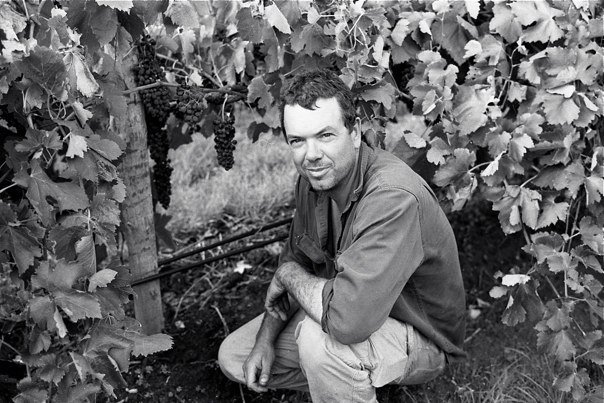
Riverland
Harvest took place over February to April. As one of Australia’s largest wine-producing regions, Riverland has faced challenges with oversupply. The 2025 vintage has continued this trend, leading to surplus stock.
In this region, growers contend with profitability issues due to low grape prices and a power imbalance favouring large winemakers. The Australian Bureau of Agricultural and Resource Economics and Sciences (ABARES) projects that average prices for red grape varieties in warm inland regions, including Riverland, will remain below production costs in 2024–25.
The 2025 vintage may continue the trend of oversupply which can lead to market instability, exacerbating financial strains on growers. As a result, the UK market may see an increase in competitively priced Australian wines from regions like Riverland. However, sustained low prices could impact the long-term viability of producers, potentially affecting quality and supply consistency.
Margaret River
Margaret River consistently produces moderate yields of high-quality grapes, with the 2025 vintage aligning with historical averages. Due to the region’s geographical isolation, it is naturally shielded from many pests and diseases, but this does also mean a higher cost of labour and increased logistics for harvest. However, the region is known for its quality over quantity. This makes these wines appealing to the premium wine market, which remains more stable throughout economic shifts.
With continued commitment to quality and sustainable practices, the 2025 vintage is expected to uphold Margaret River's esteemed reputation. Prices are premium and expected to slightly increase due to higher production costs.
Barossa
The Barossa Valley commenced its 2025 harvest earlier than usual, with some wineries recording their earliest start to harvest ever. The crops from this year have so far been low-yielding and big on quality, which means we can expect to see increased prices.
Premium varietals like Shiraz maintain higher price points. However, the broader Australian wine industry faces pricing pressures due to oversupply, particularly in red wine grapes. Thankfully, the Barossa Valley's reputation for quality provides some insulation against this market volatility. Nonetheless, national oversupply and international trade challenges contribute to an uncertain market environment.
The 2025 vintage is anticipated to yield high-quality grapes. Producers may need to navigate pricing pressures and market saturation carefully. For the UK market, Barossa Valley wines will remain premium offerings. However, pricing strategies may be adjusted to stay competitive amidst global economic fluctuations and domestic oversupply issues.
McLaren Vale
Promising yields are anticipated for the 2025 vintage. A warm and dry growing season has set the stage for an earlier-than-usual harvest, with grape quality expected to be high.
However, the ongoing challenges facing the Australian wine industry, including rising operational costs and reduced consumer spending, continue to persist. The closure of Penfolds' historic cellar door in the Barossa Valley and Shingleback Wines' cellar door in McLaren Vale, are key indicators of the financial pressures faced by this sector. These economic challenges in addition to increased production costs, will influence profitability and pricing strategies across McLaren Vale and the country.
Victoria
The 2025 harvest in Victoria commenced in mid-February, slightly earlier than in previous years. Favourable weather conditions during the growing season have accelerated grape maturation, prompting an early start to picking.
Preliminary reports suggest that the 2025 vintage will yield an average to above-average crop. Consistent rainfall during the spring and optimal temperatures throughout the summer have contributed to healthy vine development and fruit set. However, final yield figures will be confirmed upon the completion of the harvest in late April.
The early harvest has intensified the demand for skilled labour, with wineries seeking additional workers to manage the accelerated picking schedule. Inflation has also led to increased costs for inputs such as fertilisers, energy, and transportation, impacting overall production expenses.
The 2025 vintage in Victoria is set to deliver wines of exceptional quality, although this will trigger a higher price for the wine, as production costs increase concurrently.
South Africa
Across South Africa, yields are up on last year and more in line with average, following the last two vintages falling significantly below. Chardonnay significantly increased, with double the tonnage compared to 2024. Chenin and Pinotage were about 30% lower on average, which is comparable to the 2024 vintage.
Cap Classique producer, Graham Beck, saw a 22% increase in yields compared to 2024.
Overall vine removal remains higher than new plantings, and investment in vineyards is minimal - only 12% of wineries are profitable. The ZA RAND continues to strengthen against international currencies.
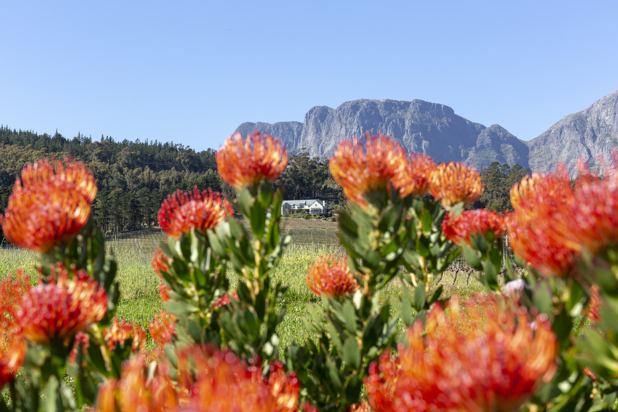
Stellenbosch:
Harvest kicked off almost 2 weeks later than previous vintages after a very cold and very wet winter – however only 10mm rain has been measured in the area since October 2024 and follows a pattern of very dry summers causing some aridity in areas. The Cape's dams were 80% full at the beginning of February. Ripening across all white grapes has been simultaneous. Younger vines have prospered without irrigation saved for older vines.
Robertson:
A delayed start to the colder winter months, with some warm sunny days still in June meant many vines did not go into their sleeping phase as early as usual, eating into their energy reserves for the spring. In July, winter hit with full force – sharp, cold and wet. Spring followed with significant diurnal variations and weekly temperature shifts (sometimes as much as 28 degrees difference in one 24 hours period), causing late budding. A prolonged ripening period then meant Robertson started harvest much later than usual . Extra hangtime for the fruit has allowed ripeness, concentration, and retention of natural high acidity.
Chile
Although the production was down the quality was exceptional, especially for whites of the 2024 vintage with the picture looking the same for the upcoming 2025 vintage where producers are hoping for increased overall yields.
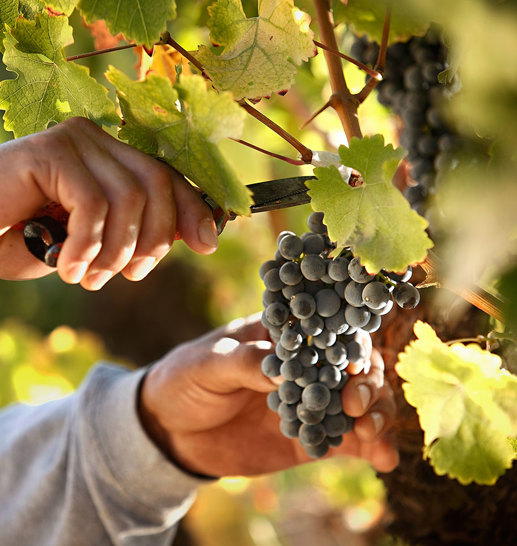
Overall, Chile had a good vintage in terms of quality in both the 2024 and 2025 vintages, although significant pressure on volume will inevitably lead the way in reducing the alcohol levels in some wines.
Argentina
Paradoxically, due to a very wet and snowy winter, the Andes were covered in snow throughout the season which means happy vines as this leads to only a mild water stress. The quality is good especially in the white wines.
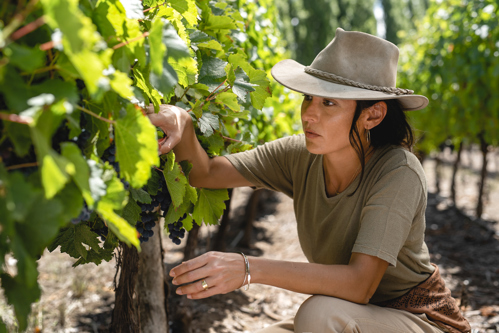
Overall yields are up on last year and are more in line with the norm for Argentina.
Both the 2024 and the upcoming 2025 vintage are good both in quality and volumes.

